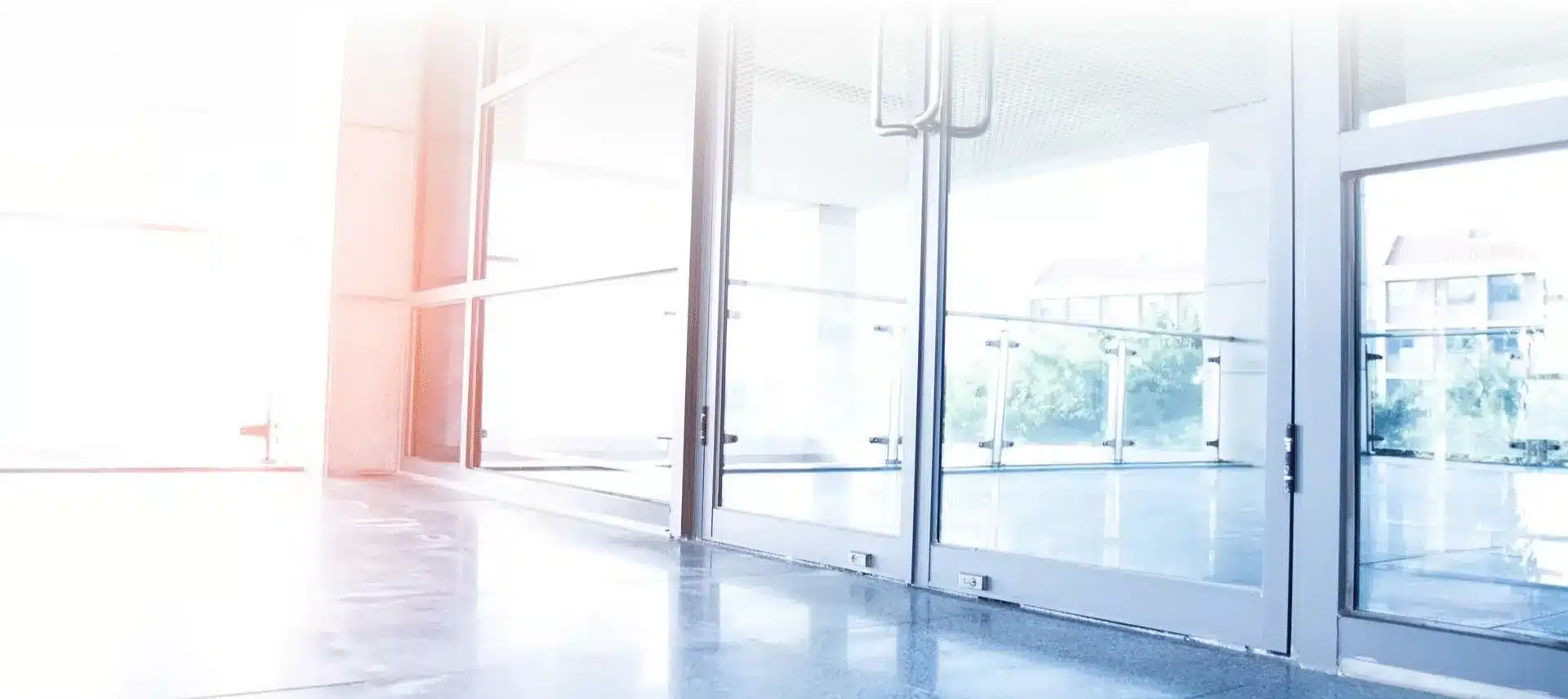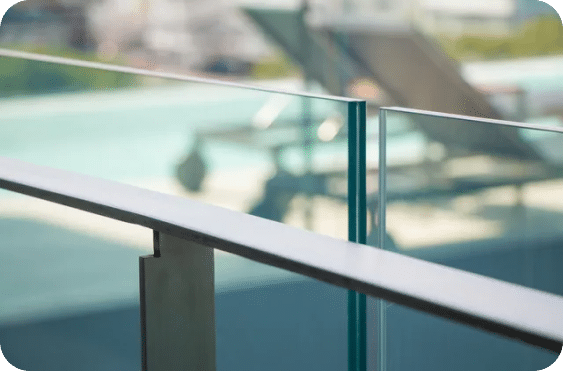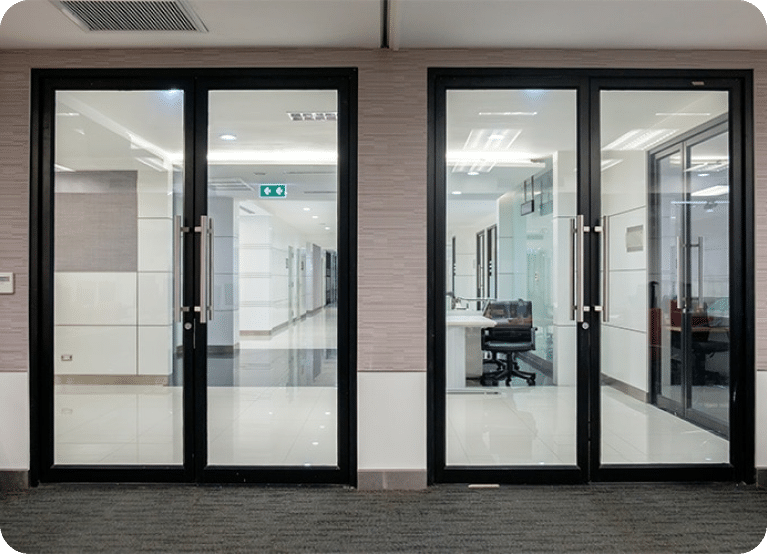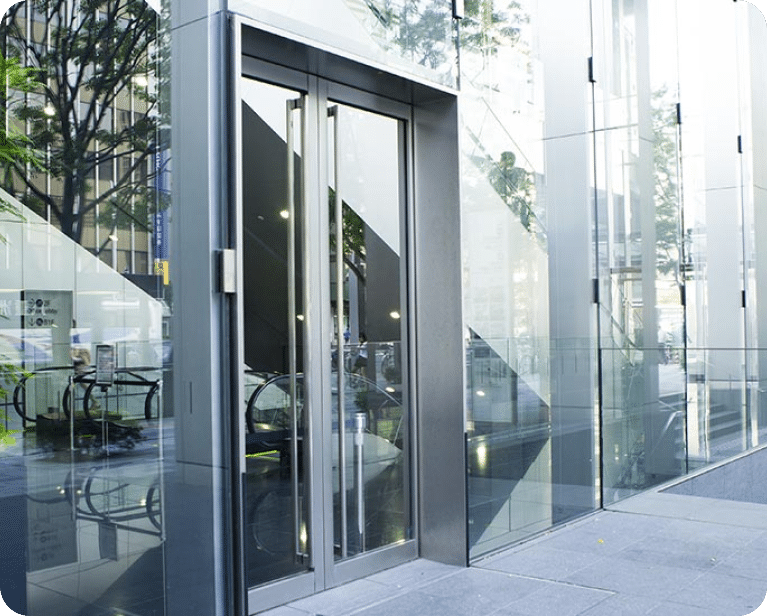Access Control

-
About
AboutAbout us
UTS Group delivers innovative security solutions across Canada and the US, ensuring safety and reliability through expert services and cutting-edge technology tailored to meet the needs of businesses and individuals.
Read moreOur Products All productsOur Services All servicesGet In Touch-
Meet Us120 WOODSTREAM BLVD #12, WOODBRIDGE, ON L4L 7Z1
-
-
Email Us
admin@utsgroup.ca
-
Education centre
Explore resources and programs designed to enhance your knowledge and skills in security solutions.
-
Grant Centre
Discover funding opportunities, eligibility guidelines, and tools to support your security-related projects or initiatives.
-
Financing
Learn about flexible financing options tailored to help you invest in innovative security systems and upgrades.
-
-
Products
OUR SERVICES
-
Access Control
Type of Access Control -
Automatic Doors
Type of Automatic Doors -
Aluminum & Glass
Type of Aluminum & Glass -
Locksmith
Type of Locksmith -
Special Applications
Type of Special Applications -
Intercom System
Type of Intercom System -
Hollow Metal & Fire- Rated Doors
Type of Hollow Metal & Fire- Rated Doors -
Turnstiles
Type of Turnstiles
DESIGN & CONSULTATION-
Education centre
Explore resources and programs designed to enhance your knowledge and skills in security solutions.
-
Grant Centre
Discover funding opportunities, eligibility guidelines, and tools to support your security-related projects or initiatives.
-
Financing
Learn about flexible financing options tailored to help you invest in innovative security systems and upgrades.
-
-
Industries
Industries
-
Factories & Warehouses
-
Hotels & Resorts
-
Apartments & Condominiums
-
Military & Police
-
Banking & Finance
-
Pubs and Restaurants
-
Retail & Commercial Stores
-
Airport & Aviation
-
Houses of Worship
-
Government Buildings
-
Cannabis Stores/ Dispensaries
-
Gym & Fitness Centers
-
Daycare Centers
-
Park & Entertainment
-
Educational Institutions
-
Hospitals & Healthcare
-
Business & Enterprise
-
Construction Sites
Case studies-
Education centre
Explore resources and programs designed to enhance your knowledge and skills in security solutions.
-
Grant Centre
Discover funding opportunities, eligibility guidelines, and tools to support your security-related projects or initiatives.
-
Financing
Learn about flexible financing options tailored to help you invest in innovative security systems and upgrades.
-
-
Blogs
BLOGS
-
Marshall Hohmann: A Positive Mindset
-
Marshall Hohmann: Christmas Day
-
Marshall Hohmann: The Costco Trip
-
6 Things That Make UTS Group Different from Other Security Companies
-
SINGLE DOOR ENTRANCE KIT WITH DIFFERENT OPTIONS TO CHOOSE FROM
-
APARTMENT KIT OFFERED BY UTS GROUP
-
ButterflyMX Smart Intercoms Offered By UTS group
-
Openpath Smart readers that uts group offers
Recent Posts- Marshall Hohmann: A Positive MindsetFebruary 13, 2023
- Grants – Ontario Government – Seniors Community Grant ProgramJanuary 24, 2023
- Grants – Burlington Foundation – Community Service Recovery FundJanuary 16, 2023
-
Education centre
Explore resources and programs designed to enhance your knowledge and skills in security solutions.
-
Grant Centre
Discover funding opportunities, eligibility guidelines, and tools to support your security-related projects or initiatives.
-
Financing
Learn about flexible financing options tailored to help you invest in innovative security systems and upgrades.
-
-
Grants
GrantsRelated Blogs
- Grants – Ontario Government – Seniors Community Grant ProgramJanuary 24, 2023
- Grants – Burlington Foundation – Community Service Recovery FundJanuary 16, 2023
- Grants – March of Dimes – Home & Vehicle Modification ProgramJanuary 16, 2023
-
Education centre
Explore resources and programs designed to enhance your knowledge and skills in security solutions.
-
Grant Centre
Discover funding opportunities, eligibility guidelines, and tools to support your security-related projects or initiatives.
-
Financing
Learn about flexible financing options tailored to help you invest in innovative security systems and upgrades.
-
Contact
Contact Us Today!Get In Touch
-
Meet Us
120 WOODSTREAM BLVD #12, WOODBRIDGE, ON L4L 7Z1 -
-
Email Us
admin@utsgroup.ca
-
Education centre
Explore resources and programs designed to enhance your knowledge and skills in security solutions.
-
Grant Centre
Discover funding opportunities, eligibility guidelines, and tools to support your security-related projects or initiatives.
-
Financing
Learn about flexible financing options tailored to help you invest in innovative security systems and upgrades.
-





































